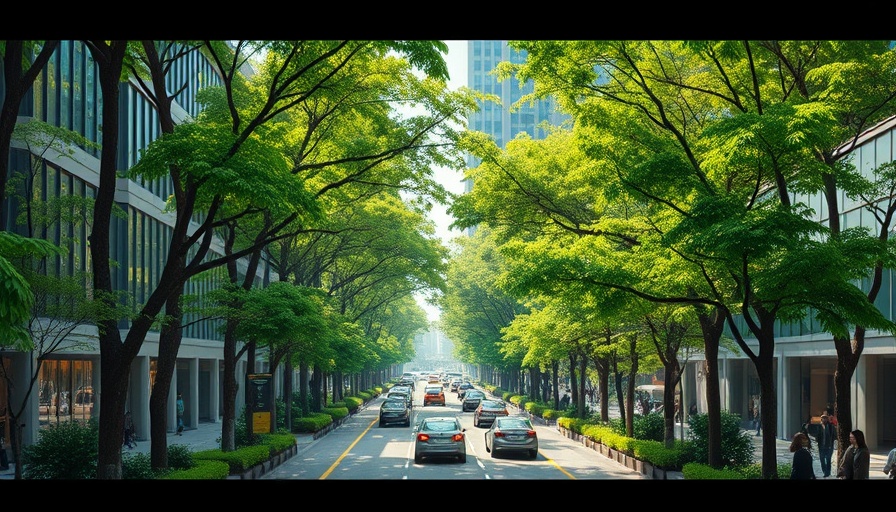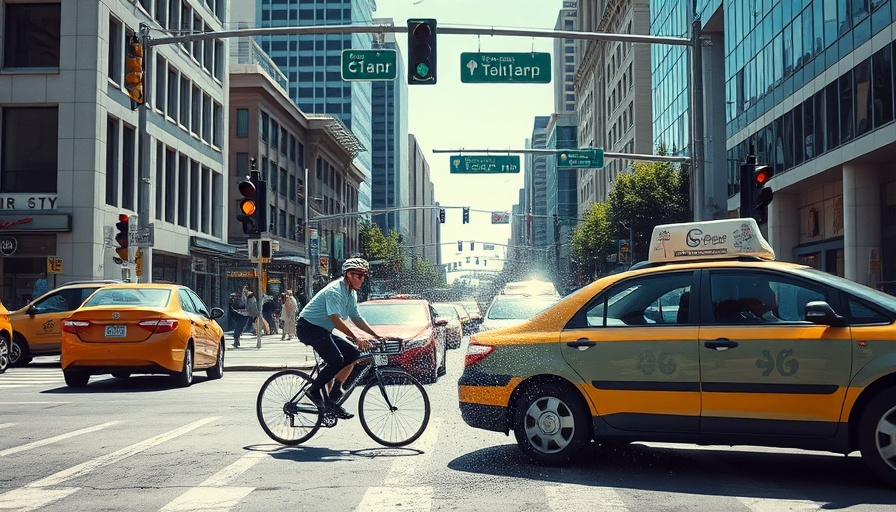
The Financial Balancing Act: Adams' Budget Proposal
Mayor Eric Adams recently unveiled his 2026 budget proposal of $115.1 billion, which promises to allocate significant funds for essential areas such as police and housing, while also addressing ambitious urban design initiatives. This announcement, made at Bayside High School in Queens, is packed with visionary projects but comes amid cautious predictions about the city’s economic health.
Investing in Public Safety and Urban Development
Among the key highlights is a proposed increase of $309 million to the New York Police Department's budget, raising it to a total of $6.1 billion. This funding aims to bolster public safety by enabling the hiring of additional officers, thus expanding the NYPD's workforce to 35,000. In tandem with safety initiatives, the city is stepping into an urban renaissance with the Fifth Avenue of the Future project. This initiative allocates $250 million to transform Fifth Avenue between Bryant Park and Central Park into a pedestrian-friendly boulevard.
Ambitious Plans Amid Economic Uncertainty
Nonetheless, Adams' optimism surrounding tax revenue growth, projected at only one percent for the upcoming fiscal year, has met with skepticism. Financial experts warn that this estimate may be overly ambitious, especially considering the looming challenges from federal cutbacks and tariffs. Critics argue that while the investment in infrastructure is vital, a more realistic approach to forecasting economic stability is necessary.
Connecting to Community Needs
The budget also proposes significant changes in housing policy through what is termed “the Manhattan Plan,” aimed at rezoning various areas to accommodate 100,000 new housing units over the next decade. This commitment reflects a broader understanding of the pressing need for affordable living spaces in a city where costs continue to soar. Ensuring residential availability is crucial for maintaining New York City’s appeal as a place where families can thrive.
As a community of lawyers, accountants, and medical professionals, it’s essential to remain informed about such developments, as they directly impact urban planning, economic stability, and ultimately, the quality of life in the city.
 Add Row
Add Row  Add Element
Add Element 



Write A Comment